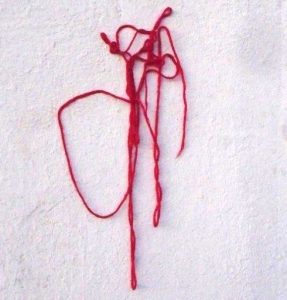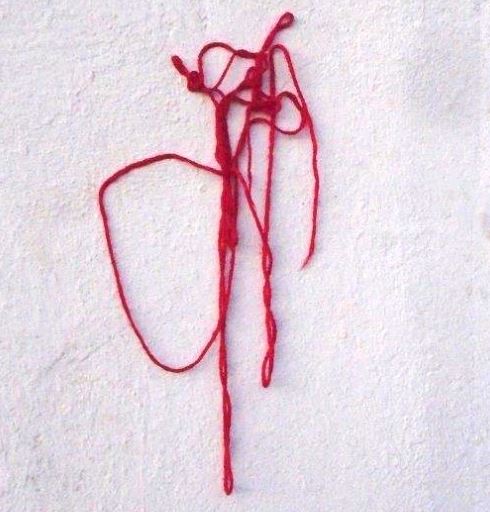
Exhibition 5th – 19th April 2019
RAAY (Royal Adelaide Art & Yoga)
9, Adelaide St, Stonehouse,
Plymouth PL1 3JE
‘Plymouth Labyrinth‘ is a collaboration between Helen Billinghurst (who has recently successfully completed her doctoral studies with the School of Humanities and Performing Arts at the University of Plymouth) and Phil Smith, Associate Professor (Reader) in the School. As ‘Crab & Bee’ they have gathered funding from Arts Council England and University of Plymouth to create the ‘Plymouth Labyrinth’ project. It consists of a series of exploratory walks, jointly and with groups, using the classical Labyrinth myth (Ariadne, Minotaur, dangerous labyrinth) as a lens to find the labyrinthine Plymouth. Groups have included micro-plastics scientists, young artists, housing activists, conservation volunteers, a Deleuze expert, an ornithologist, a storyteller, and so on; areas walked have included Southway, Crownhill, Estover, Drakelands, Stonehouse, Lee Moor, Cattedown and Oreston.
Spinning out from these walks, Crab & Bee have created a map (in 500 copies) for walkers to connect with the city, a ‘pantheon’ (a publication) which assembles a lexicon of places, personae and ideas from the walks, games, much postcard art, paintings, and numerous poems already performed at Wonderzoo and Sop Box Culture in the city. These will all be brought together in an exhibition opening on the 5th April at the community-friendly RAAY venue in Stonehouse (with an opening event with walks, readings, games and a site-specific dance piece by University of Plymouth Undergraduate Dance Company).
Crab & Bee are also working with Take A Part community arts organisation in the city, to facilitate a walk with participants from Teats Hill and a week-long Teats Hill Amphitheatre project exploring the theme of the Labyrinth for that community and site.
‘Plymouth Labyrinth’ aims to address the ‘guarded’ and ‘unknowable’ in the city, researching and expressing how residents and visitors can navigate its layers despite apparent exclusions. It maps the marks and forces that have defined what is accessible, military and commercial priorities and extreme depredations upon the city’s geology, ecology and the bodies of its people. By identifying striations left by security, colonialism, war, emigration and transition towards a diverse city, the project seeks to open up previously suppressed layers of trauma, ‘tribute’ of the vulnerable, enclosure and threat in order to encourage a hyper-sensitized and creative walking of the city by residents and visitors; making a walkable labyrinth in the city.

